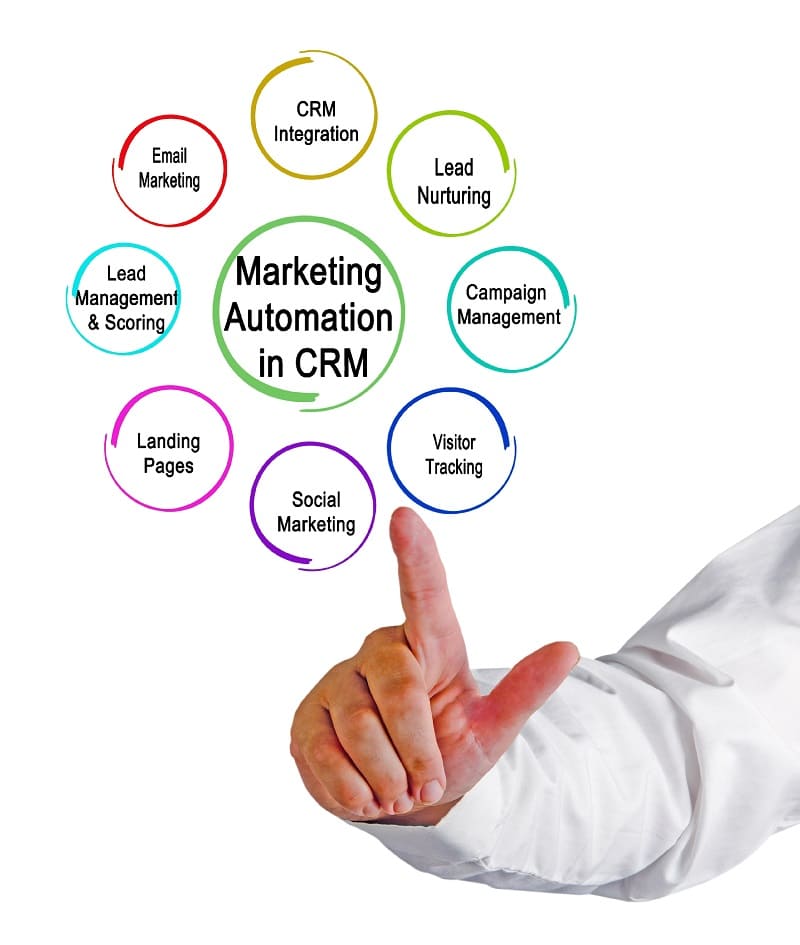In today’s multifamily market, attracting renters isn’t the end goal but just the beginning. The real win comes when those renters renew their lease, engage in the community, and tell others why they stayed.
The most effective way for community managers to create real value is by leveraging data-driven marketing insights. With the right tools and strategies, you can move beyond guesswork and start building renter relationships that last.
This blog explores how data can help property teams fill vacancies faster and keep renters longer.
What Drives Retention Using Data-Driven Marketing Insights
Data-driven marketing insights refer to actionable, meaningful patterns drawn from a range of sources, such as CRM activity, leasing traffic, resident feedback, and more. These insights help managers understand what makes a renter stick around versus what drives them to move out.
One of the most effective ways to harness this data is through predictive analytics. By analyzing past lease cycles, community reviews, and move-out reasons, you can start forecasting renter behavior.
For example, if the data shows that renters in one-bedroom units with courtyard views are the most likely to renew, marketing efforts can be prioritized toward similar prospects, and that feature can be highlighted in paid campaigns.
Track the Full Renter Journey With Smart Attribution
Renter decisions are rarely linear. They may find your community on Instagram, browse your website, click a retargeting ad a week later, and then finally call after seeing a listing on an ILS. Traditional attribution models often give all the credit to the last click. However, that hides the full picture.
Community managers can use data-driven marketing insights to map the renter journey across every touchpoint. By tracking lead sources with UTM codes and dynamic phone numbers, managers can see which platforms drive not just leads but long-term leases. That distinction matters.

For instance, maybe Instagram ads generate more leases than you think, but only after three touchpoints. When you zoom out and assess the whole path to lease, you can better allocate your spend and messaging. When marketing spend aligns with long-lease drivers, the result is better ROI and stronger renter retention strategies.
Match Listings to the Right Audience
The key to a good match isn’t just about rent price or square footage. It’s about relevance. Data-driven marketing insights can help fine-tune your messaging to reach the renters most likely to be a good fit.
Let’s say you manage a community near a college campus. Your data might reveal that many of your long-term renters are grad students or visiting professors.
That insight shapes the following:
- How you write your ad copy
- What platforms you advertise on
- Which amenities you feature
Listings paired with digital leasing tools, such as 3D tours or virtual walkthroughs, tend to attract more committed prospects. These tools help people imagine their lives in your space, which makes it easier for them to envision staying.
Empower Your On-Site Teams to Create Content That Converts
Your on-site staff are your content engine. Equip them with the tools and training to capture lifestyle photos, film short videos, and post updates that reflect your brand story. This content doesn’t need to be perfect—it just needs to be real.
When teams capture day-in-the-life moments or interview current residents, you create content that builds trust. And content that builds trust is content that converts.
Renters who engage with authentic, on-site content are more likely to stay beyond the first lease term. Why? Because they knew what to expect and what they saw matched reality. That’s the kind of marketing that drives long-term value.
Automate Smarter, Not Louder
It’s tempting to throw every ad channel into your marketing mix and hope something sticks. However, many successful property teams are now doing more with less by using apartment marketing automation to guide outreach.
For example, programmatic ad platforms let you auto-adjust campaigns based on unit availability, seasonality, and pricing. If a particular floor plan has high turnover during winter, the system boosts ad delivery in late fall, just in time to attract the right leads.

This approach reduces waste and increases speed. Instead of launching new campaigns every few weeks, automation helps you stay consistently relevant, adjusting as the data changes.
When that automation is built on resident behavior insights, you’re choosing renters who are more likely to renew.
Measure, Benchmark, Repeat
Tracking data is essential. Without it, there’s no way to tell what’s working or why renters leave.
The most effective community managers keep an eye on metrics like website traffic, lead-to-lease conversion rates, and how long it takes to fill a unit. However, just tracking isn’t enough. The real value comes from benchmarking.
That means comparing one property’s performance against others. Maybe one community has a much higher renewal rate than the rest.
It’s worth asking the following questions:
- What’s different there?
- Are the amenities more appealing?
- Is the staff more responsive?
- Are leads coming from better channels?
One Harvard study found that professionally managed apartment units saw a 4.8% increase in occupied households during 2021 alone. Using property management analytics helps answer those questions. The goal is to find the story behind them. Once that story is clear, it’s easier to repeat what’s working and improve what’s not.
Market With Loyalty in Mind
Marketing shouldn’t stop when the lease is signed. In fact, it’s just the beginning of your retention strategy.
Communities offering flexible lease options, smart home features, and energy-efficient upgrades tend to attract and retain higher-quality renters.
Incentives like waived application fees, early renewal discounts, or even birthday cards can create a subtle but powerful emotional connection. While those touches may feel small, the data shows they help renters feel seen, supported, and more likely to stay.
In short, multifamily marketing is about more than just filling vacancies. It’s about building long-term relationships with people who call your property home.
Use Data-Driven Marketing Insights to Find and Keep Better Renters
At Primary360, we don’t believe in spray-and-pray marketing. We believe in strategic, data-informed decisions that help community managers attract residents who stay for the long haul. (and speaking of long haul, our agency has been in this industry for over 40 years).
Whether it’s using data-driven marketing insights to forecast resident behavior, improving attribution models, or investing in team-led content, the end goal is the same: more leases, less churn, and stronger communities.
Are you ready to transform your approach with smarter insights? Let’s build the kind of renter experience that lasts beyond the first move-in.




